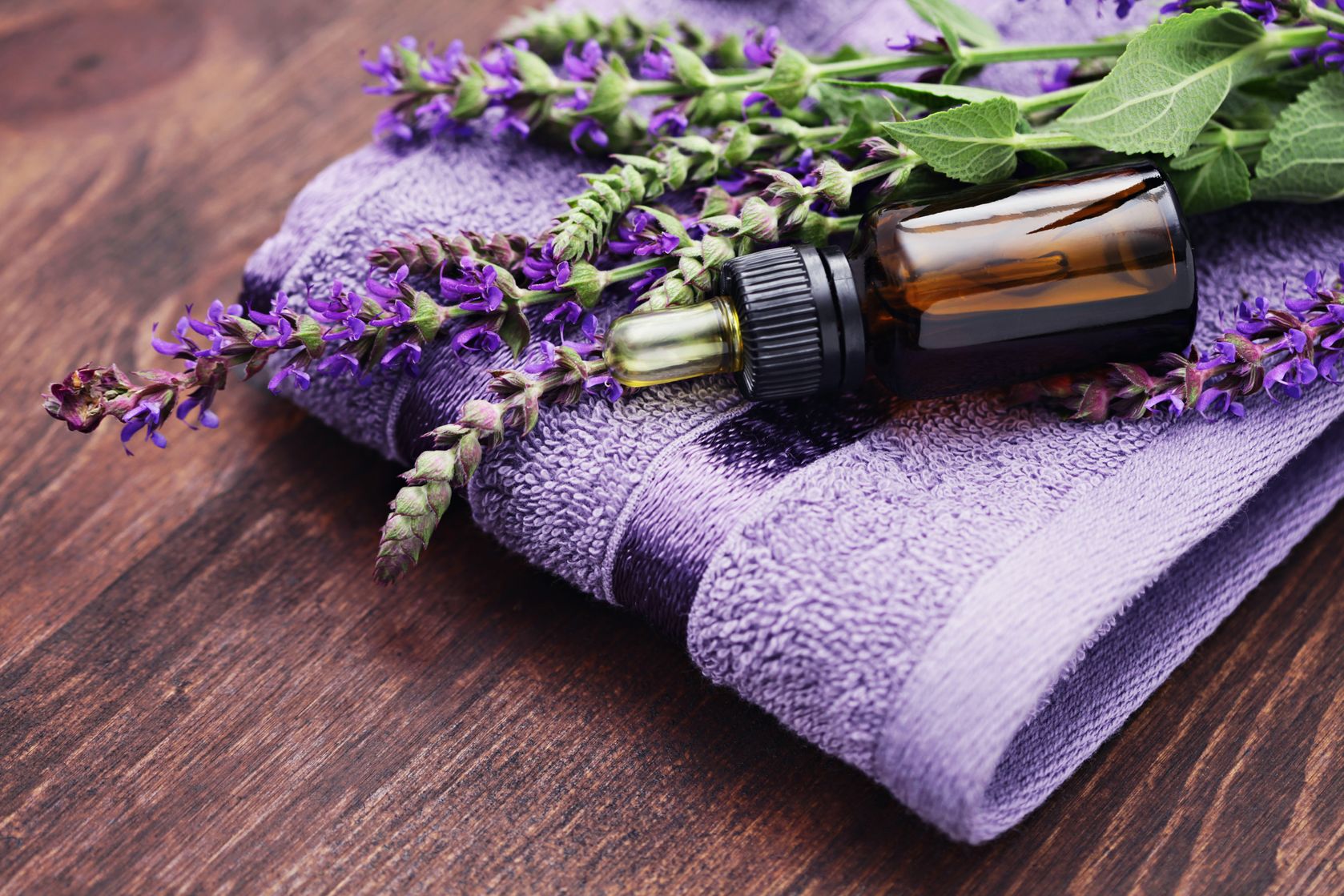As a sexual being, each of us is unique. While our thoughts, emotions, desires, and opinions regarding sex are influenced by our upbringing, culture, and experiences, their distinctive nature is chiefly an expression of our dosha. An understanding of our dosha and how it affects our sexuality can enhance the role that sex plays in our life and relationships. We should also know and understand our partners’ dosha, as this awareness will help us meet their needs, guide how we stimulate and seduce them, and help us remain patient and empathetic when our sexual encounters don’t live up to our expectations.
While vata individuals can be creative, responsive, and sensual lovers, they often avoid sex because it can be very destabilizing for them. Yet despite their naturally low sex drive, sex is very important for vata types, but only as an expression of love. Initially, vatas are reluctant to commit to relationships and may come across as cold sexually, but once they meet a person who makes them feel safe and nurtured, they become exceptionally faithful, expressive, and satisfying sexual partners.
Vata types long for romance, beauty, and creative expression. Their partners would be wise to indulge these cravings, because doing so will help relieve the anxiety that inhibits these individuals’ desire for sex. Despite their love of novelty, vatas find comfort in traditional values and routines. They’re likely to find sex more fulfilling when encounters are planned and include old-fashioned courtship rituals and plenty of mental and physical foreplay.
The vata woman is the type most apt to have difficulty conceiving. The doshic qualities that contribute to her fertility problems include her vulnerability to stress as well as physical tendencies like the dryness of her tissues, low body weight, and disturbed apana vata (the energy that governs outward and downward movement in the pelvic region, such as menstrual flow). These issues may also impair male fertility by interfering with the production and ejaculation of semen.
Traveling, overwork, an erratic schedule, or a worried mind can extinguish the sex drive of vata types. Their partner can help recharge their sexual appetite by appealing to their romantic side and helping them re-establish a calming routine with regular meals and plenty of time to slow down, rest, and nourish themselves.
Pitta types are fiery, attention seeking, ambitious, and passionate by nature and tend to think of themselves as amazing lovers. However their unreliability and impatience may prove frustrating for their partners. Their tendency to view sex as a competition may prevent them from ever experiencing complete satisfaction. They gravitate toward spontaneous encounters and may seek to dominate their partners. To invigorate, elevate, and lend deeper meaning to their sexual relationships, pitta types should focus on channeling their super-intense energy through the heart, rather than their sex organs or intellect.
Pittas typically indulge in sex more often than a vata person because their natural reserves of energy make it easier for them to regain their stamina after sexual relations. However, they should moderate their sexual activity in the summer to avoid accumulating excess heat in the body. Pitta men may suffer from impotency, due to excess heat burning up reproductive tissues or from upward, rather than downward, energy flow. To return to a balanced state after the sex act, pitta types should engage in cooling, calming, and compassionate actions.
A kapha person is enduring, nurturing, hardworking, balanced, and determined. The steadfast and deeply sensual nature of kaphas can go a long way toward sustaining a happy marriage and healthy sexual relations. Their downside as partners is that they that may become overly attached, turning into needy, possessive “clingers” with an insatiable hunger for attention. Initially, it may take time to stimulate kaphas or spark their interest in sexual activity, as they’re naturally inclined to conserve their energy. Once they’re aroused, however, kaphas truly relish sex. These individuals really benefit from exercise and can be easily persuaded to regard sex as a highly pleasurable form of exercise that balances their heavy energy and also satisfies their desire to be nurtured and loved.
Kapha women are unlikely to suffer from reproductive tissues imbalances and will usually bear many children without complications. If they have any trouble conceiving, they need only to lose a little weight and lighten the body Their strong build and excellent physical and mental stamina enable them to give birth easily and recover quickly afterwards. While the abundance of earth in their elemental makeup supports these qualities, it can also foster tissue buildup that manifests as endometriosis or ovarian cysts. In men, this earth-predominant constitution may contribute to the development of an enlarged prostate.
For the best possible sex life with your partner, show genuine consideration for their dosha (natural state). Understand that your sexual partner’s physical, mental, and emotional needs may differ from yours. Have patience and compassion in adapting to your partner’s desires, treat your partner with care as the two of you learn about each other’s doshic biorhythms, and then find the balance that works for you both.
Disclaimer
The sole purpose of these articles is to provide information about the tradition of Ayurveda. This information is not intended for use in the diagnosis, treatment, cure or prevention of any disease.












